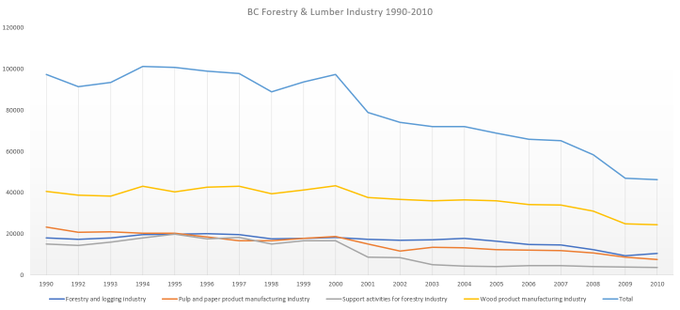Based on this tweet:
Thoughts and feels pedagogy friends?
“UDL shares problematic similarities in theory, operationalization, and research with the discredited concept of learning styles. No strong research evidence exists that either approach increases learning.” https://doi.org/10.1037/stl0000280
https://twitter.com/karenraycosta/status/1480644625232715776
I’ll have a kick at this. The problem in this article is that
essentially what Boysen has done is misconstrue UDL in a way that allows him to advance his critique of his misconstrued version rather than address its actual goals.
Boysen says “To achieve the goal of increased learning for all students, the UDL framework outlines educational guidelines that account for diversity in human learning ([CAST], 2018b; Rose et al., 2006).”
Except, that’s not what those sources say. In fact they say “to ensure that all learners can access and participate in meaningful, challenging learning opportunities.” (CAST 2018b) and “Universal design focuses on eliminating barriers through initial designs that consider the needs of diverse people, rather than overcoming barriers later through individual adaptation.” (Rose et al., 2006).
The goal, as stated in the cited literature, is not increased learning, but rather accessibility, not simply of being able to access the learning, but being able to understand the content.
So when Boysen says “Put simply, UDL proposes that education should match the diverse ways that students learn” he’s not actually addressing the stated goals, but rather a way he has encountered UDL through some other source, not through his cited sources.
This lets Boysen take a part of UDL that aligns in its presentation with “learning styles”, the allowing multiple ways of accessing information or presenting understanding, and decided that that means the two are the same.
The goals of “increased learning for all students” isn’t correct. That might be a hoped for impact, but the immediate objective and goal is actually increased accessibility for all students.
Final thought, I would say that by incorrectly stating the purposes of UDL Boysen actually makes it more likely that it will be interpreted in that direction by those less well versed in the research.
Similar to how the misconstruing of the purposes of learning styles has led some of the researchers behind it to decrying the ways it is actually used in practice.
If you present the straw man version often enough, those new to it assume that is the correct version.
TL:DR there’s a fundamental misrepresentation at the core of the article. It does have some good points in it, but that misrepresentation (or perhaps misunderstanding) ruins the argument.
